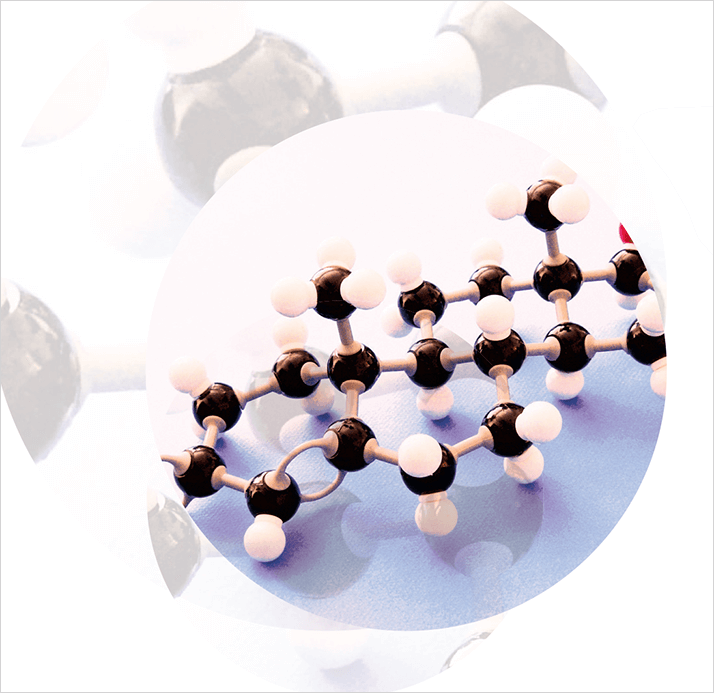
Exogenous testosterone is used (in men) to treat a whole host of conditions, from low endogenous testosterone production, sarcopenia, depression to low libido and cognitive decline – and the indication list shows no sign of reducing. Unfortunately, popping Testopills or wearing an Androgel patch seems to be associated with an increased risk of central serous chorioretinopathy (CSCR).
Royal Oak, Michigan-based ophthalmologist, Eric Nudleman and colleagues based both in Michigan and New York have presented a retrospective case series of nine patients who presented with CSCR to two tertiary vitreoretinal care centers in the US. All of the patients lacked any known risk factors for developing the CSCR– other than exogenous steroid use and the fact that they were all male (see list). Notably, the mean age at presentation (51 years) was a decade older than the average age of onset of CSCR, and testosterone therapy had been initiated a mean duration of 14 months before presentation to the vitreoretinal care centers. So what’s the connection? Testosterone is a vasoactive hormone, and in supraphysiological amounts, holds the potential to increase choroidal bloodflow and permeability – which may damage the retinal pigment epithelial layer, resulting in CSCR. So the lesson is this: if a male patient presents with CSCR, the authors suggest “inquiring about testosterone therapy”, and in some cases “adjusting or stopping therapy may be appropriate” (1).
Risk factors for developing CSCR (1).
- Male gender
- Corticosteroid therapy <1 year before presentation
- Atypical concurrent psychosocial stress
- Systemic infection
- Uncontrolled hypertension
- Exogenous steroid use.
References
- E. Nudleman, S. Kiss, G.A. Williams, J.D. Wolfe, “Central serous chorioretinopathy in patients receiving exogenous testosterone therapy”, Retina, 34, 2128-2132 (2014). doi: 10.1097/IAE.0000000000000198.
